The name of my blog is called The Easy Blues. That’s because I was listening John Martyn two months ago when I started this blog. Ironically blue is definitely not the easiest colour to achieve when talking about natural dyes. Until recently I thought it would only be possible with indigo and perhaps some mushrooms. But then I found this blog post about dyeing with black beans. The blogger had achieved a beautiful sky blue colour. I pretty much followed the same recipe but my results were a bit different.
I started out with 100 g of dried black beans. I laid them in the bottom of a small takeaway tub, I filled it with water and let the beans soak for 12 hours. Then I collected the dye and filled it with water again and let the beans soak for another 12 hours. By this time I figured I needed more dye than what I was getting from this little container, so I filled another one and did the same as above. In the end I ended up using 200 g of black beans and 1 litre of water. Next time I might use a bigger container and soak the beans together for the whole 24 hours. I’m not sure if there will be any difference in the colour.
I collected the dye to a glass jar and I put in 40 g skein of wool yarn that I had previously mordanted with alum (read about it here). I used both white and grey yarn to see the difference. I let the yarn stay in the dye for 24 hours, stirring the yarn every once in a while.
I didn’t get a sky blue or green (as some people have had) but a lavender colour.
The grey yarn on the other hand did turn out a beautiful navy blue.
I used the dye for a second time and but in a tiny 10 g skein of wool yarn for 24 hours. It came out lavender as well, but a little lighter shade (on the left.)
One thing I did notice while winding the yarn balls was that the colour gets off. I don’t know if this is something I did wrong, maybe I didn’t rinse the yarn enough. I did add a bit of vinegar to the last rinsing water so that the colour would stay. Maybe this is normal for black bean dye? This is the first time I have noticed this kind of behavior with natural dyes.
I do like the colours but I’m curious why mine turned out violet and not sky blue. As always with natural dyes, you can never know what’s going to happen. Is it the type of beans I used? Is there really a difference between black beans and back turtle beans? What about the tap water that I used? Does the PH matter? I’m going to find out what is our tap waters PH and I’m also going to have another try with black beans. I will find that sky blue. Do you have any experiences with black beans? I did dye a little bit more of the navy blue yarn (below) but unfortunately my photo does not repeat that colour exactly as it is. The real colour is bit more grey. It’s quite difficult to photograph naturally dyed yarns because they change so much depending on the light.
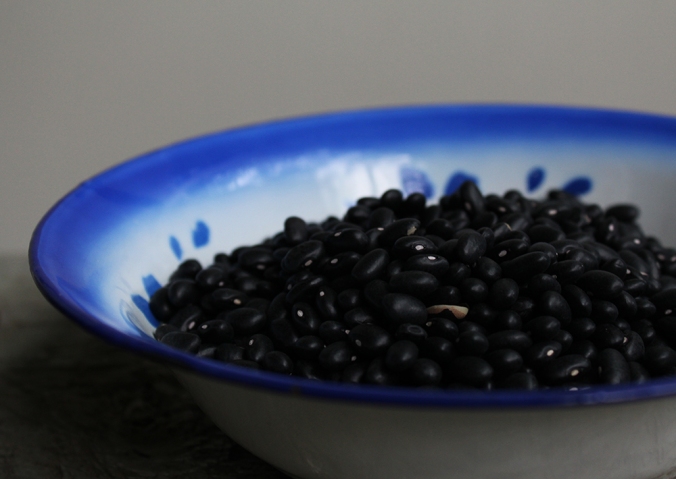
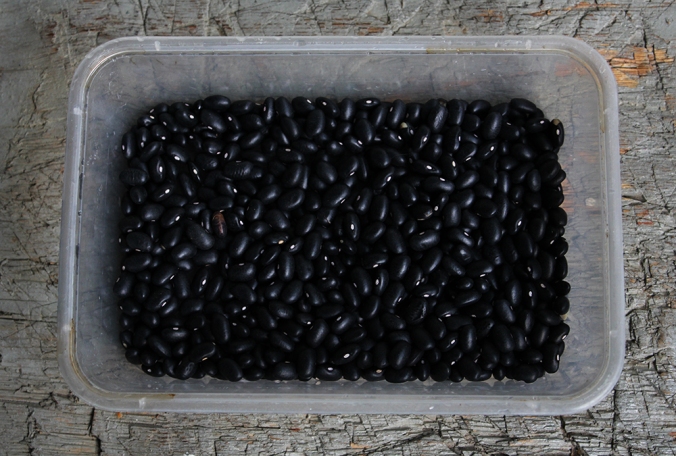
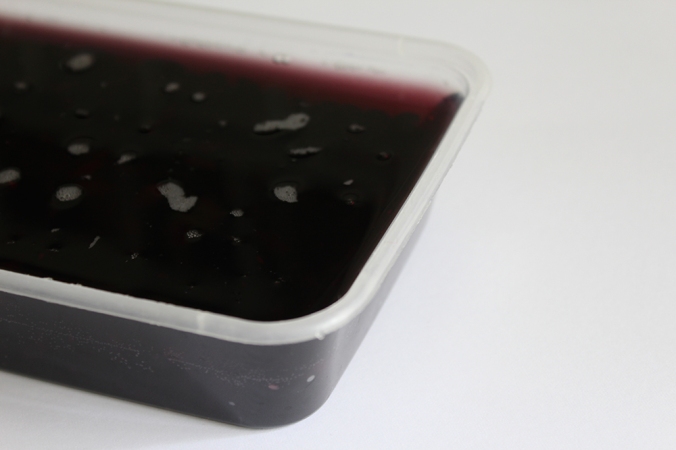
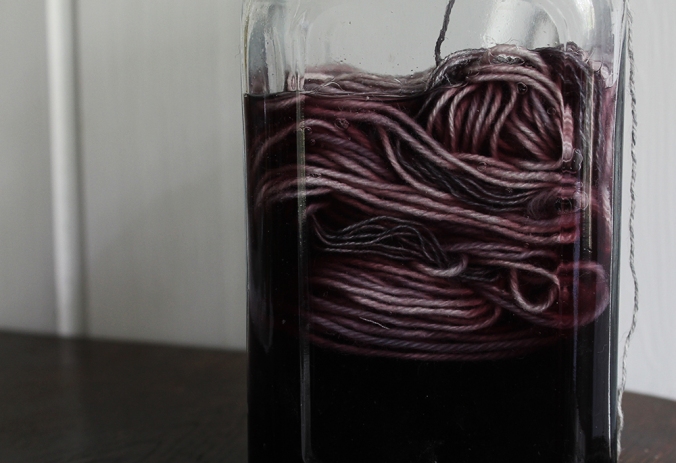
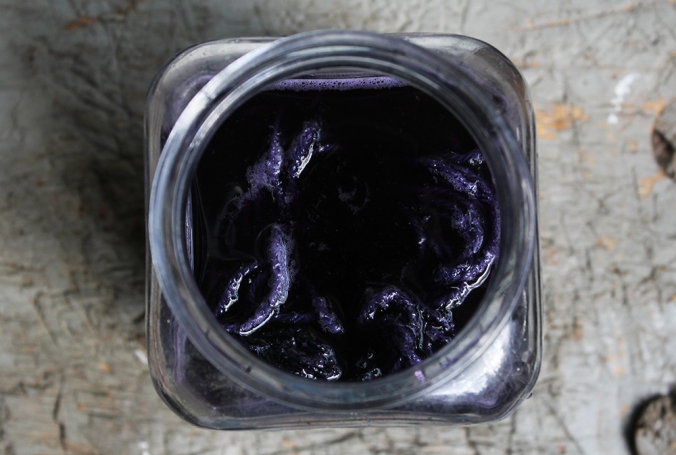
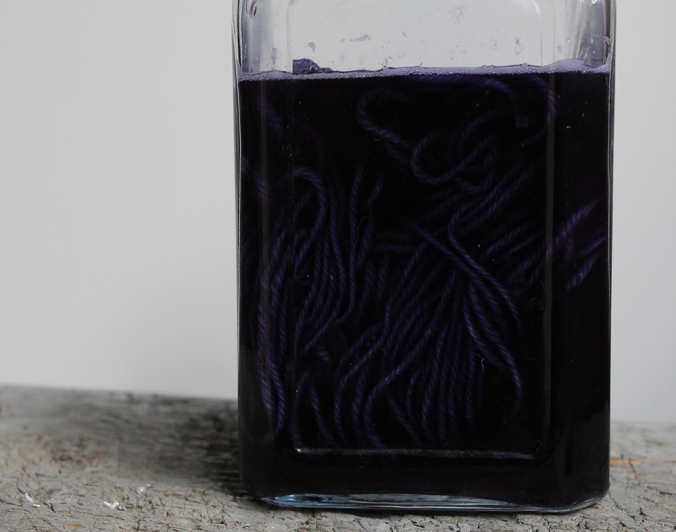
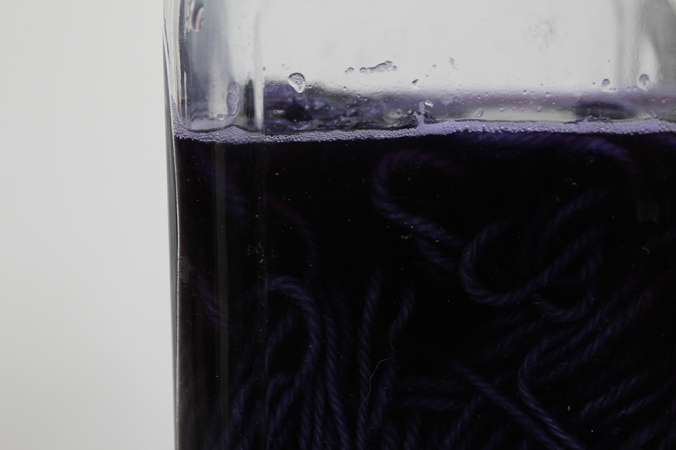
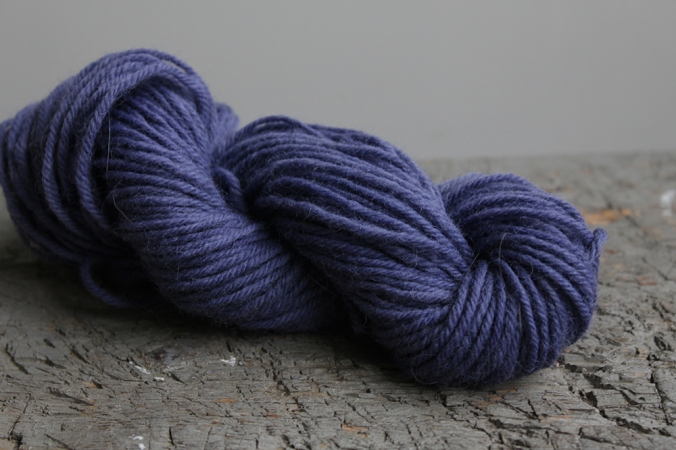
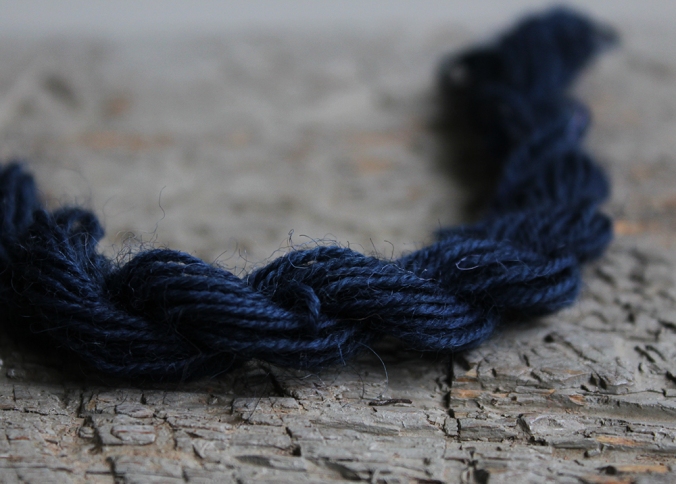
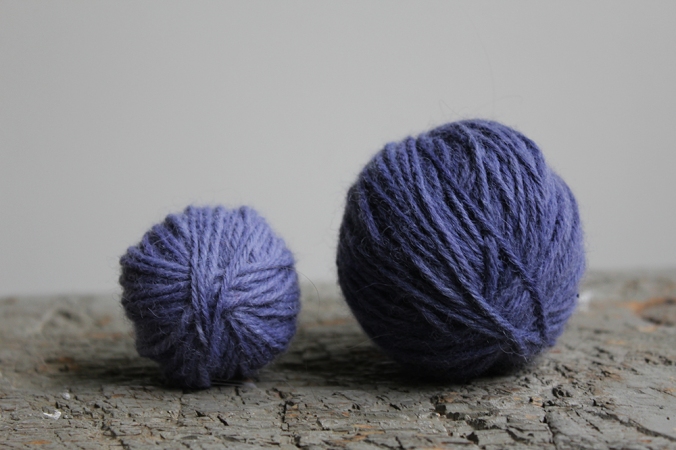
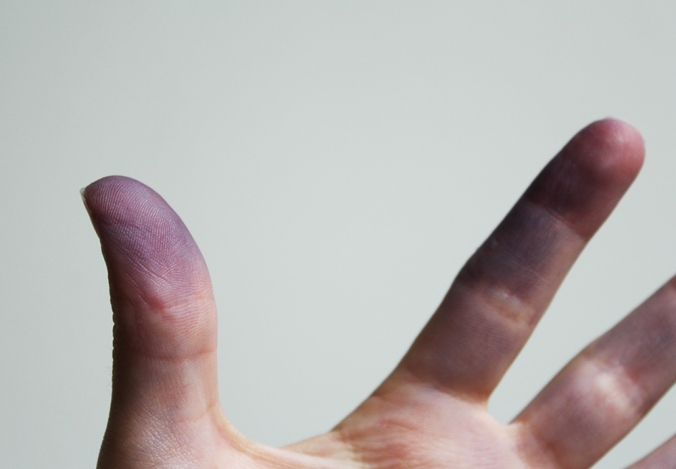
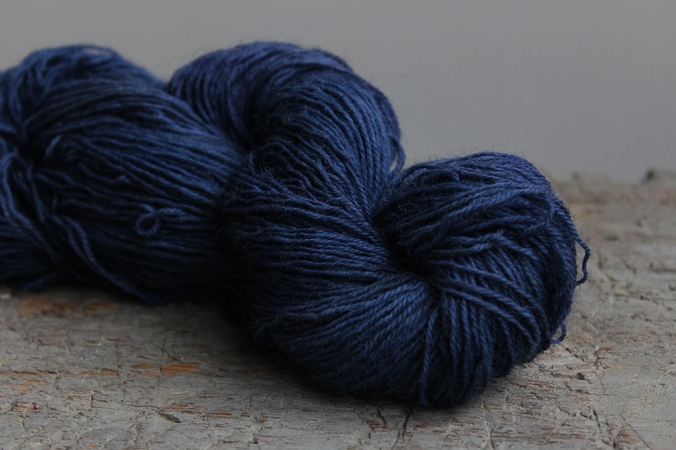
I happen to have some turtle beans soaking right now. They have a bit of cider vinegar in the water (cooking these beans for dinner tonight) I’ll save the water and have a go at this but I guess the vinegar will have an effect? Does the colour continue to come out after its washed several times?
I think the vinegar will have an effect. (I’m not quite sure what kind of effect). I just made a new try with bottled spring water and it looks like the colour is going to be more blue this time. The PH matters a lot. And yes the colour did continue coming out after several washes. Usually vinegar helps to bind the colour, but I think with this it also affects the colour (I’m guessing it makes the colour more violet) . But do have a try! I would be interested in hearing what was the result. 🙂
I will let you know what happens and take pictures. Is Alum essential for the mordant with the beans?
Great! I would think it is. If you use wool yarn I think you could get some colour without a mordant, but I think for stronger colour alum definitely helps. I have never tried dyeing with these beans without mordanting so I can’t say what the difference will be. All the other recipes I have read seem to be using alum as well.
Ok maybe I should put a bit of wool with alum and a bit without.
Pingback: Natural Dyeing: Black Beans, Part 2 | The Easy Blues
Pingback: Natural Dyeing: Colours from the Supermarket | The Easy Blues
Have you left some of your black bean yarn in the sunlight for a week to see how much it fades. I would be interested to know.
A very late reply. Sorry I have not been active here. I actually did do that. And the black bean dye did fade more than lets say onion skins. I still have that experiment from six years ago and time does fade the colour a bit as well.
Pingback: Natural Dyeing: Black Beans, Part 3 | The Easy Blues